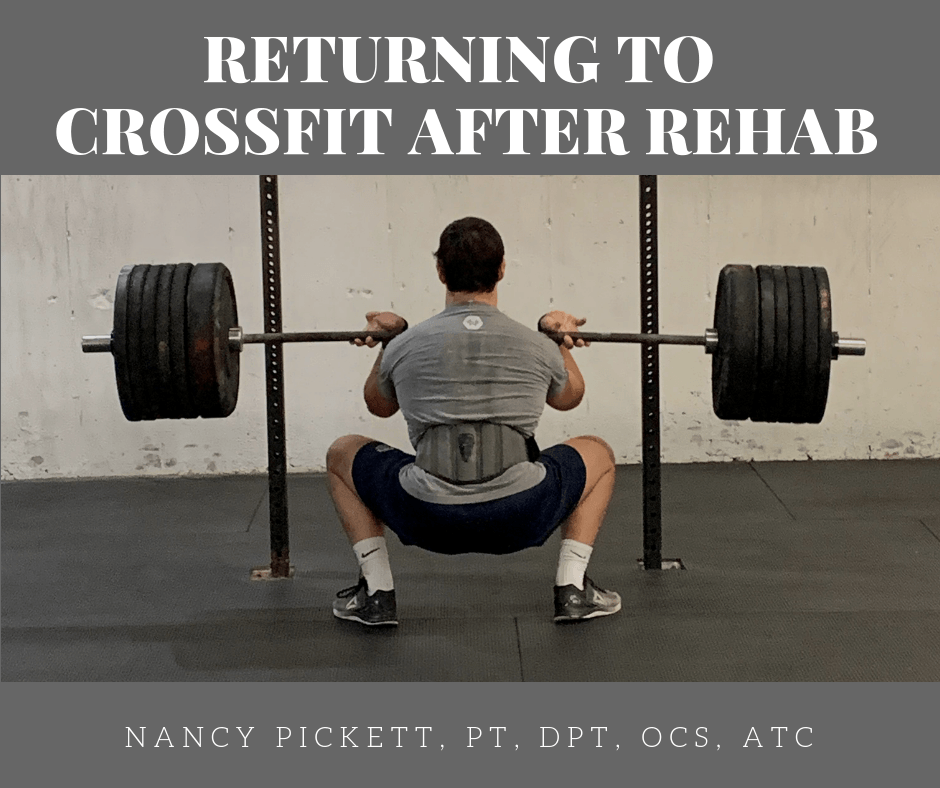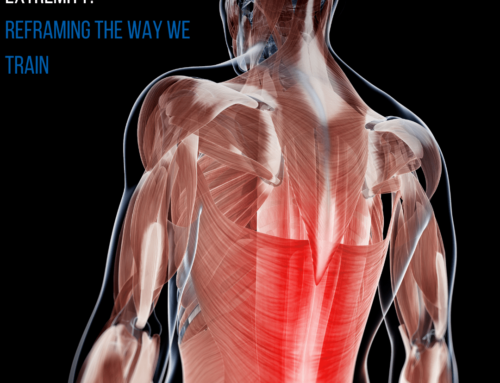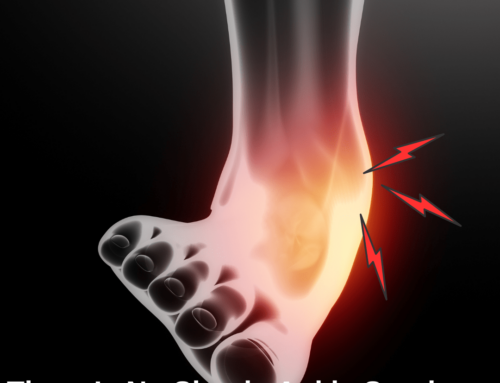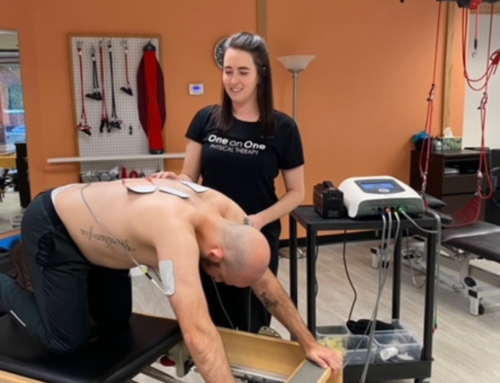The sport of Crossfit continues to evolve; asking the most elite athletes in the world to perform seemingly superhuman physical tasks. While the sport continues to test the boundaries of human form, there is always an ability to scale the movements for those more lay people, like myself.
What is Crossfit?
Crossfit defines itself as “constantly varied functional movements performed at high intensity”. The most important principle to keep in mind when approaching an apparently impossible workout is the intended “functional” aspect. Every move performed in a Crossfit workout can be scaled to the needs and abilities of the given athlete. For optimal performance in the constantly varied, high intensity environment that Crossfit fosters, there are some basic physical checkpoints an athlete will want to strive towards in order to reduce injury risk, develop strength and overall “elite fitness”, particularly when returning post-rehabilitation.
- Core Control: The ability to maintain spinal alignment and overall activation of our abdominal “canister” is of the utmost importance. Due to the frequency, intensity and variety of movements in a given Crossfit workout, a lot of potential stress can be place on the entire spine. The ability for an athlete to coordinate the activation of his/her abdominal canister often referred to as the “core muscles” is pivotal for performing movements correctly. The core muscles include: the diaphragm, pelvic floor, transversus abdominis and the spinal multifidi. Firing these muscle correctly can lead to significant improvements in strength and power production.
- Spinal Mobility: Many of the exercises within Crossfit require moving a barbell or other weight overhead. These movements require thoracic and lumbar extension (extension of the mid and lower back) to effectively and safely move any amount of weight overhead.
- Overhead Shoulder Stability/Positioning: Similar to the spinal mobility component, optimal alignment of the shoulder girdle is important to reduce risk of injury such as impingement and rotator cuff tears
- Grip Strength: In addition to holding items such as barbells and dumbbells, the rig is a staple in the Crossfit gym. As one progresses through the Crossfit movements, hanging from the rig to perform exercises, such as pull ups, becomes a huge component of most workouts. Having a pain-free and strong grip can help efficiency and safety in general with all movements.
- Hip Mobility: A majority of exercises performed in the Crossfit gym involve a full depth squat. The definition of a full depth squat can greatly vary depending on the school of thought; however, in the world of Crossfit a full squat is defined as hips/pelvis descending past parallel and then standing back up to a tall position. A great deal of core control and hip mobility in required to maintain correct alignment with this movement.
- Posterior Chain Strength: The gluteals and hamstrings are asked to perform in almost every movement during a workout; particularly the barbell movements (i.e. deadlift, squat, clean, snatch, etc.). Getting the hamstrings and gluteals to activate and perform in lifting activity is vital for reducing load in the lumbar spine. Due to the force the forward pull the barbell has on our bodies during a lift, the ability to activate these two muscles on the back side of our body helps to counterbalance that force. The legs are our biggest force producers. Consistent gluteal and hamstring activation benefits daily activity such as getting up and down out of a chair and bending over to pick something up off the floor, with diminishing the strain on our back.
- Ankle Mobility: Ankle dorsiflexion should be approximately 10-15 degrees bilaterally at a minimum for safe weight acceptance and for minimizing the tension on the knees, hips and low back. If ankle mobility is limited, one will often compensate in order to get increased ranges and will move in patterns that are not safe.
These 7 physical checkpoints are a starting point when returning to or starting Crossfit and any other exercise program. If you find yourself having limitations or pain with these checkpoints, it is highly recommended you seek medical counsel prior to starting. The Physical Therapists at One on One Physical Therapy are highly educated and equipped to help you with any limitations or pain you may be struggling with and will get you back to doing what you love!
Dr. Nancy Pickett is a Board Certified Orthopedic Physical Therapist and Certified Athletic Trainer at One on One Physical Therapy. Nancy offers comprehensive treatment interventions that include Manual Intervention, Dry Needling, Redcord & The Neurac Method, and Pilates for Rehabilitation. Her particular background is in sports medicine, with experiencing working as an Athletic Trainer for The University of Miami NCAA Division I Athletic Department. She is a Level I Crossfit Trainer and has her USA Weightlifting Level I certification. She enjoys being in the gym and spending time with her friends and family. Nancy offers free consultations at One on One Physical Therapy. You can email Nancy at nancy@onetherapy.com. To learn more, visit www.onetherapy.com.






